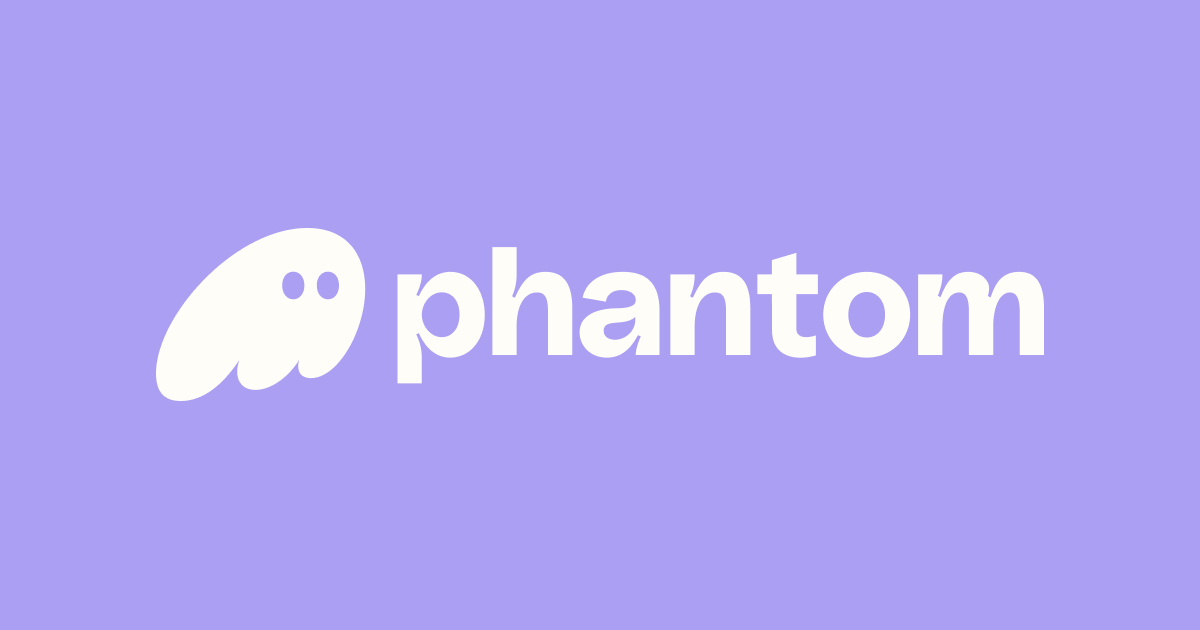So I was messing around with some DeFi apps on Solana the other day, and man, there’s a whole vibe going on that feels pretty different from Ethereum’s world. At first, I thought all wallets were kinda the same—just a place to stash your tokens and maybe sign a few transactions. But nope, that’s only scratching the surface. Something felt off about most wallets when it came to smoothly interacting with Solana’s growing dApp ecosystem and especially Solana Pay.
Really? Yeah. You’d expect a wallet to just work, right? But with Solana, the speed and low fees open doors for fresh user experiences—and that’s where things get interesting. The wallet isn’t just a wallet anymore; it’s a gateway, a bridge, a trust anchor in a bustling digital economy. And here’s the thing: phantom nails that role better than most.
Let me explain why, based on some late-night tinkering and a few frustrating moments with other wallets that felt way too clunky.
First off, Solana’s dApps are blazing fast. On-chain confirmations come through in seconds, and fees are tiny—like, ridiculously small. But many wallets don’t keep up with that pace; they feel laggy or require too many hoops just to approve a simple transaction. It’s like bringing a horse to a drag race.
Wow! But phantom? It feels built with Solana’s unique traits in mind, blending slick UX with robust security. It’s like the wallet grew up on Solana and learned its quirks firsthand.
Okay, so check this out—dApp integration on Solana isn’t just about connecting your wallet; it’s about seamless, almost invisible interactions that don’t interrupt flow. Phantom lets you jump into DeFi protocols, NFT marketplaces, and games without fumbling through complicated steps or waiting forever for approvals. This is a big deal, especially for newcomers who might drop out mid-way because of friction.
Initially, I thought all wallets offered similar dApp support, but then I realized most treat Solana like a side project, not the main stage. Phantom, however, feels like it’s designed to be the default interface for Solana’s future.
Here’s where it gets even more intriguing: Solana Pay. Now, I’m biased, but I think this payment protocol has real potential to shake up everyday transactions. Imagine buying a coffee or paying for parking with crypto, instantly and without sweating over gas fees. But to make that happen, your wallet needs to be lightning-fast, secure, and intuitive.
Phantom supports Solana Pay natively, meaning you can send and receive payments smoothly, without jumping through extra screens or manually entering payment details. It’s a subtle but huge quality-of-life improvement. On one hand, you want flexibility; on the other, you crave simplicity. Phantom strikes a nice balance.
Hmm… but I wonder how many people actually use Solana Pay daily. It’s still early days, and adoption is patchy. Though actually, the infrastructure is there—it’s just waiting for more merchants and users to jump in. That’s the classic chicken-and-egg problem in crypto, right?
Anyway, diving deeper into phantom’s design, I noticed it’s not just about speed or integration but also about trust. The wallet’s UI is clean and transparent about permissions and transaction details, which is refreshing. I’ve seen too many wallets that bury info or confuse users, leading to mistakes or even hacks.
Something that bugs me, though, is the lack of multi-device syncing. Phantom has made strides, but I’m still a bit wary about losing access if I switch devices or lose my seed phrase. Wallet security is a double-edged sword—super tight but sometimes inconvenient.
Also, here’s a bit of a tangent: the NFT scene on Solana is booming, and phantom’s NFT support is surprisingly solid. You can view, send, and receive NFTs without jumping through hoops. That’s not trivial because NFTs are often the gateway for many users into crypto, and a clunky wallet experience can kill the buzz fast.
Check this out—phantom’s in-wallet marketplace previews and quick links to Solana NFT platforms make the whole thing feel integrated. It’s like having a mini art gallery in your pocket, minus the hassle.

Now, I’m not saying phantom’s perfect. For instance, occasional glitches pop up, and advanced users might find some missing features they crave, like hardware wallet support. But honestly, for most Solana users—especially those diving into DeFi or NFTs—it strikes a very nice balance between power and simplicity.
On the topic of dApp integration, I want to highlight how phantom handles wallet connections differently. Unlike some wallets that bombard you with pop-ups or endless approval requests, phantom bundles approvals smartly and prioritizes user consent without spamming. That design choice shows respect for user time and attention, which is often overlooked in crypto UX.
I’ll be honest, there were moments when I wished phantom supported more experimental features or had better cross-chain options. But then again, trying to be everything for everyone almost always ends up making a product mediocre. Phantom’s laser focus on Solana gives it an edge.
So, if you’re deep into Solana’s ecosystem, especially if you want to dabble in DeFi protocols or use Solana Pay for real-world purchases, phantom should be on your radar. It’s not just a wallet; it’s a key part of the user experience puzzle.
And by the way, if you want to check it out, here’s a handy link to get started with phantom. Seriously, having a wallet that just gets Solana makes a world of difference.
Anyway, as much as I love the tech, I’m curious where wallet design goes next. Will phantom keep innovating? Or will newcomers disrupt the scene with something even sleeker? The space moves fast, and sometimes that’s exhausting but also thrilling.
So yeah, diving into Solana dApps and Solana Pay without a wallet like phantom feels like trying to race a Tesla with a tricycle. It’s just not the same level of experience. And honestly, that’s probably why phantom has become my go-to—and maybe yours, too, after you try it out.
